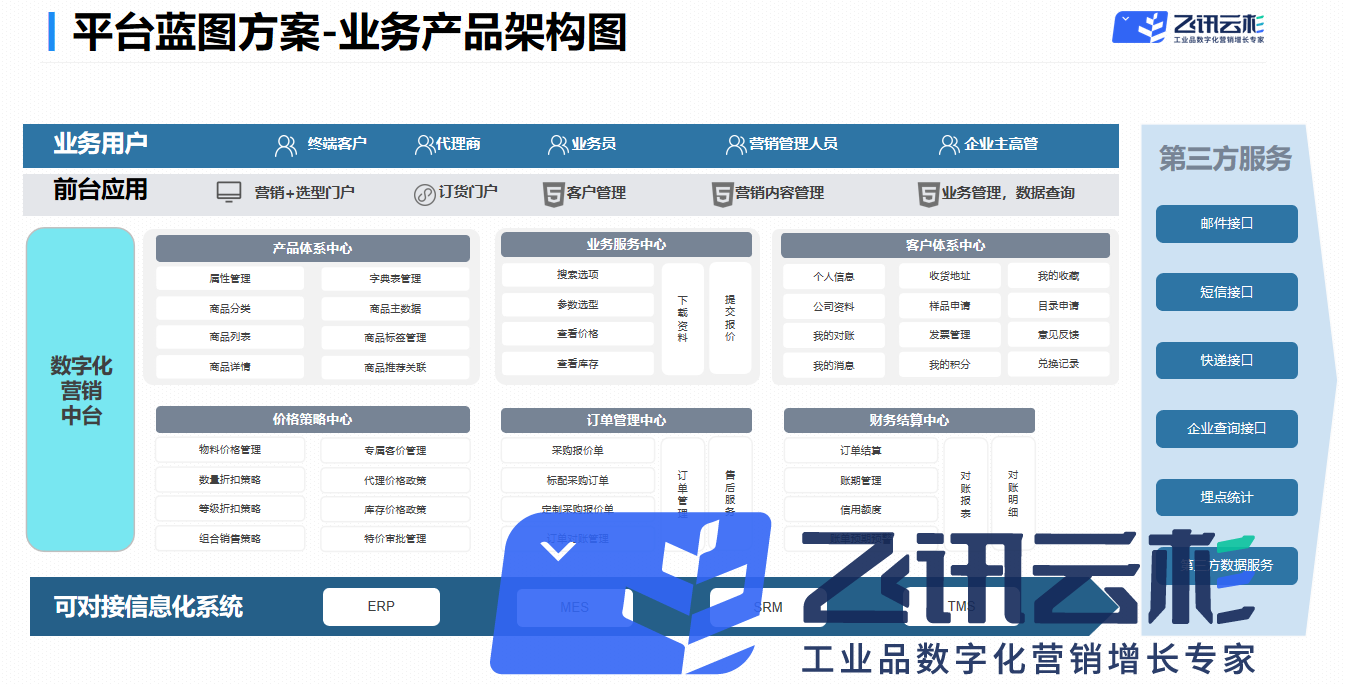低温材料工业互联网平台搭建

Title: Building a Low-Temperature Materials Industrial Internet Platform
Introduction:
In today's rapidly evolving technological landscape, one key concept has emerged and transformed various industries: the Industrial Internet of Things (IIoT). As new industries emerge, it becomes crucial to establish specialized platforms that cater to their unique requirements. In this article, we will explore the significance and benefits of building a low-temperature materials industrial internet platform.
1. The Importance of Low-Temperature Materials:
Low-temperature materials play a vital role in several industries, such as cryogenics, aerospace, renewable energy, and medical devices. These materials possess exceptional properties, enabling them to function optimally under extreme cold conditions. However, the procurement, storage, and transportation of low-temperature materials come with its own set of challenges. An IIoT platform dedicated to low-temperature materials can streamline these processes and enhance operational efficiency.
2. Streamlining Supply Chain Management:
An industrial internet platform for low-temperature materials can connect manufacturers, suppliers, distributors, and end-users seamlessly. By integrating IoT devices throughout the supply chain, real-time monitoring of inventory, temperature control, and product quality can be achieved. This ensures the availability of the required materials, reduces wastage, and enhances the overall efficiency of the supply chain.
3. Enhancing Product Traceability:
In industries where safety, reliability, and traceability are paramount, an IIoT platform can provide robust solutions. By incorporating RFID tags, sensors, and blockchain technology, each low-temperature material can be assigned a unique digital identity. This enables accurate tracking throughout the entire product lifecycle, from manufacturing to end-use. Such traceability minimizes the risk of counterfeit or inferior quality materials entering the market and ensures compliance with industry standards and regulations.
4. Predictive Maintenance and Performance Optimization:
Low-temperature equipment, such as refrigeration units and cryogenic storage containers, require regular maintenance to ensure their optimal performance. An IIoT platform can monitor the health of these assets in real-time, collecting data on temperature, pressure, and other vital parameters. By utilizing predictive analytics and machine learning algorithms, the platform can identify potential faults or issues before they occur, enabling proactive maintenance. This reduces downtime, enhances equipment lifespan, and ensures uninterrupted operations.
5. Collaborative R&D and Data Sharing:
The low-temperature materials industry heavily relies on ongoing research and development to improve existing products and innovate new ones. An industrial internet platform can facilitate collaboration among researchers, scientists, and manufacturers, allowing them to share data, insights, and best practices. This collaborative approach fosters innovation, accelerates product development, and strengthens the industry as a whole.
Conclusion:
Building a low-temperature materials industrial internet platform holds immense promise for optimizing supply chain management, ensuring product traceability, enhancing maintenance practices, and promoting collaborative research. As the demand for low-temperature materials continues to grow, such a platform becomes not only essential but also a catalyst for innovation and progress. By embracing the potential of the Industrial Internet of Things, the low-temperature materials industry can unlock new avenues of growth and efficiency in the years to come.
飞讯云杉是一家提供全链数字化营销解决方案的企业,聚焦产业互联网平台孵化服务,为工业制造企业搭建数字化营销-数字化供应链-业务智能决策全链数字化营销业务体系,实现工业品营销模式的创新,通过数字化赋能销售快速复制,让每一个工业品制造企业都拥有全链数字化营销业务体系。

























请先 登录后发表评论 ~